By Judi Moreillon, Texas Woman’s University, Denton, TX
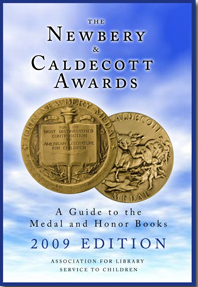 This is the fourth of a planned four-part interview with Nick Glass, member of the 2009 Newbery Committee, conducted electronically by Judi Moreillon.
This is the fourth of a planned four-part interview with Nick Glass, member of the 2009 Newbery Committee, conducted electronically by Judi Moreillon.
JM: Nick Glass and I are wrapping up this month’s Newbery Medal Award conversation with a look at the books that have earned this prize since it was first awarded in 1922. That year, The Story of Mankind written by Hendrik Wellem van Loon earned the medal. To support our historical look, we referenced a book now published annually by the Association of Library Services to Children (ALSC), The Newbery and Caldecott Awards: A Guide to the Medal and Honor Books.
In clarifying the criteria for the awards and defining terms, ALSC notes that the “award is for literary quality and quality of presentation to children. The award is not for didactic intent or for popularity” (p. 4). As we noted in early posts this month, the question of popularity should not enter into the committee’s deliberations. Still, every school and public library branch in the country purchases at least one copy of each Newbery award-winning book.
Do we expect Newbery Award-winning books to be enticing to readers? If not, can we rely on teachers and librarians to push titles that possess literary quality but are less popular with young people? What has been your experience?
NG: I absolutely believe the books that have been recognized as distinguished by the Newbery committee will be enticing –- with the caveat that not every book is for every reader. I loved the 2008 Newbery Medal-winning Good Masters! Sweet Ladies! It is both a wonderful book, and perhaps the one of the best curriculum-fit books I’ve read in a long time. It tells marvelous stories of the Middle Ages, and can be performed as fun, comprehension-grasping reader’s theater. Do I expect everyone to pick this book up and find it enticing? No. But for the people who love mini-dramas, goodness, they will love this treasure.
Continue reading →
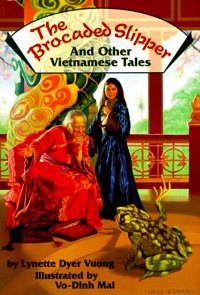 Fairy tales fueled my imaginary life as a child. In my play I became Snow White, Cinderella, and sometimes even the Prince when my friends insisted they must have a turn at the “main parts.” The romance of the tales captured my interest. Waiting for sleep at night, I would create new versions of the stories, always starring myself as the heroine.
Fairy tales fueled my imaginary life as a child. In my play I became Snow White, Cinderella, and sometimes even the Prince when my friends insisted they must have a turn at the “main parts.” The romance of the tales captured my interest. Waiting for sleep at night, I would create new versions of the stories, always starring myself as the heroine.

 Because I like to travel, as I mentioned in my last post, geography has become of real interest to me. How can we engage international literature without thinking about geography?
Because I like to travel, as I mentioned in my last post, geography has become of real interest to me. How can we engage international literature without thinking about geography?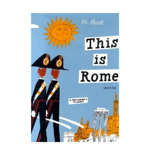 First, I like reading about where I have been. The reading is enriched when I can picture it. I pull the images from my memory to help envision the world to which the author has led me. Secondly, the reading enriches my experience of the places I have traveled. It’s also great to find books to read about a place—whether fiction or informational—when planning to travel in it. Some fun texts for cities across the globe are the Miroslav Sasek series such as This is London and This is Rome. These books were written in the 1960s and 1970s, but have “this is today” excerpts that help students see how cities change over time.
First, I like reading about where I have been. The reading is enriched when I can picture it. I pull the images from my memory to help envision the world to which the author has led me. Secondly, the reading enriches my experience of the places I have traveled. It’s also great to find books to read about a place—whether fiction or informational—when planning to travel in it. Some fun texts for cities across the globe are the Miroslav Sasek series such as This is London and This is Rome. These books were written in the 1960s and 1970s, but have “this is today” excerpts that help students see how cities change over time. This is the fourth of a planned four-part interview with Nick Glass, member of the 2009 Newbery Committee, conducted electronically by Judi Moreillon.
This is the fourth of a planned four-part interview with Nick Glass, member of the 2009 Newbery Committee, conducted electronically by Judi Moreillon. This is the third of a planned four-part interview with Nick Glass, member of the 2009 Newbery Committee, conducted electronically by Judi Moreillon. Readers may refer to
This is the third of a planned four-part interview with Nick Glass, member of the 2009 Newbery Committee, conducted electronically by Judi Moreillon. Readers may refer to 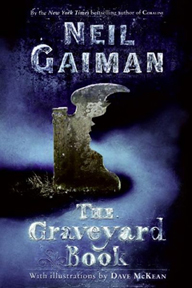
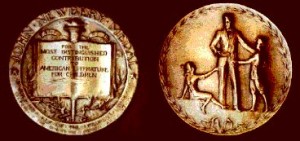
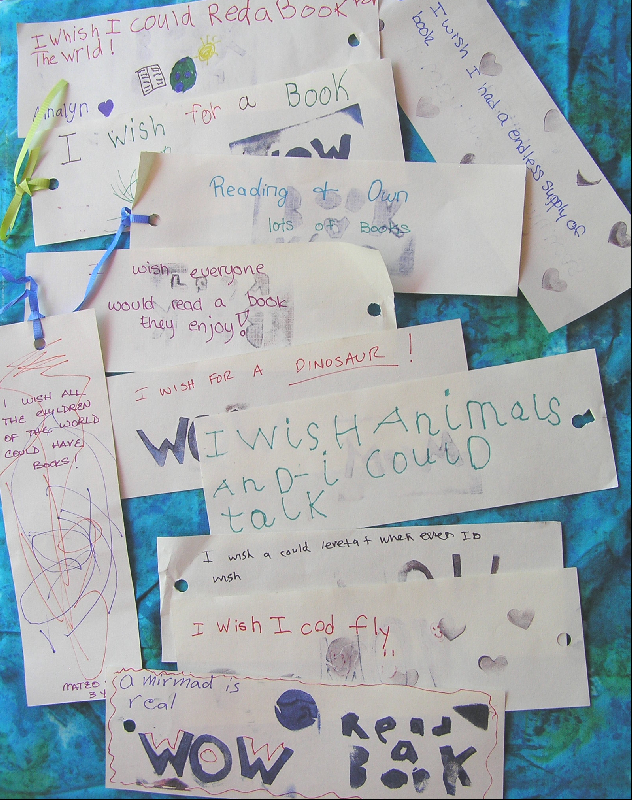 I wish I had a book.
I wish I had a book.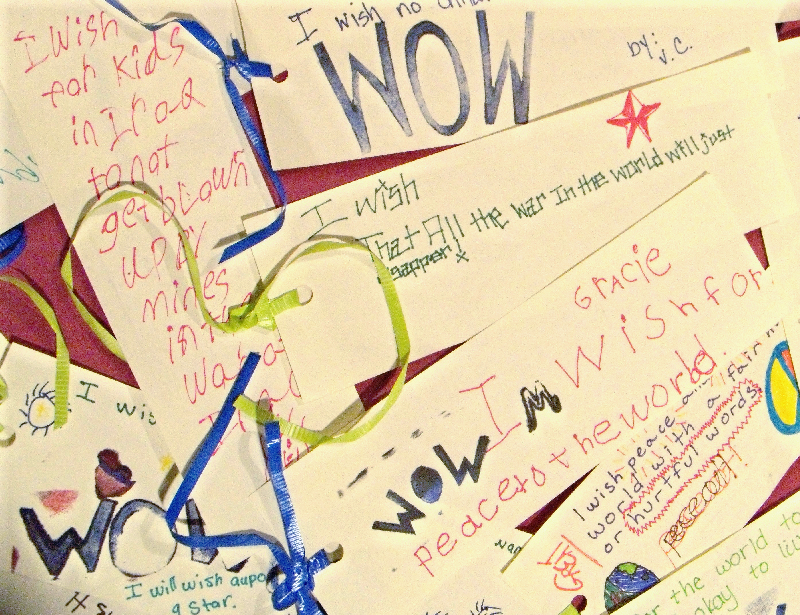 Many adults believe children should not be burdened with books that raise difficult social issues, particularly war and violence. They argue to protect the innocence of children, not realizing that what children want is perspective, not protection.
Many adults believe children should not be burdened with books that raise difficult social issues, particularly war and violence. They argue to protect the innocence of children, not realizing that what children want is perspective, not protection.